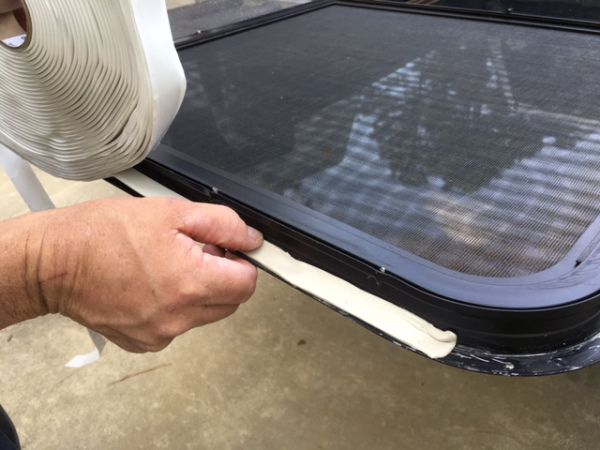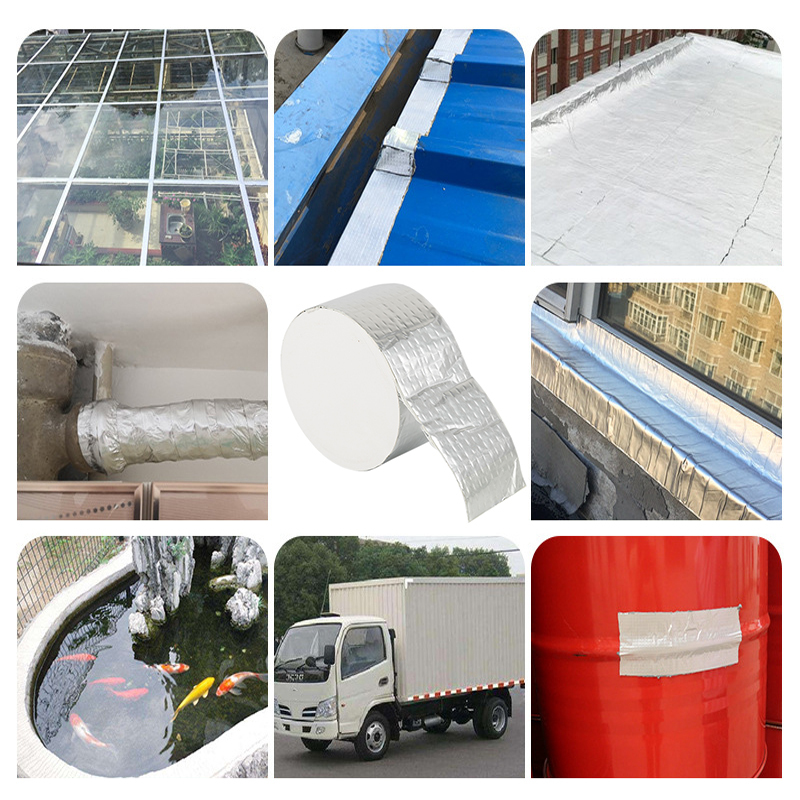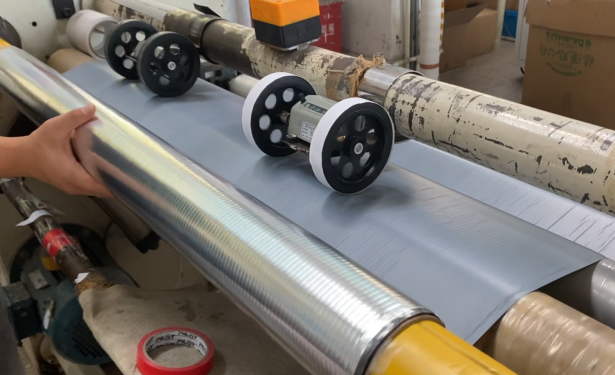Copyright © 2021 Kunshan Yuhuan Package Materials Co., Ltd. All rights reserved.
- 86 0512-50336235
- lulu@suzmc.com
- Sitemap
Butyl tape is a versatile adhesive material used in a variety of applications, but there may come a time when you need to remove it. Whether you are replacing damaged tape, upgrading or refurbishing, or simply changing the surface material, removing butyl tape requires the proper techniques and tools. In this article, we'll walk you step-by-step through the process of removing butyl tape to ensure a clean, residue-free surface.

Butyl tape is a type of tape made from a synthetic rubber compound called butyl rubber. It usually comes in roll form with one side covered with adhesive. This tape is highly flexible and tacky, and is highly resistant to water, UV light and temperature changes.
Butyl tapes are used in a wide range of applications in both residential and industrial environments. Some common uses for butyl tapes include:
Sealing and waterproofing windows, doors and roof joints
Bonding and sealing sheet metal and flashings
Insulating electrical connections
Sound insulation and vibration damping
Repairing and sealing leaks in pipes and hoses

There are several reasons why you may need to remove butyl tape from a surface:
Over time, butyl tape may deteriorate, become damaged, or lose its adhesive properties. In this case, removing the old tape is necessary to ensure proper adhesion and sealing before using a new tape.
During a renovation or upgrade project, you may decide to change the surface material or upgrade to a different sealing method. Removing the existing butyl tape is essential to prepare the surface for the new application.
If you are changing the surface material completely, such as replacing a window or door, it is critical to remove the existing butyl tape. This will ensure a clean surface for proper adhesion and sealing of the new material.
Before you begin the process of removing butyl tape, gather the following tools and materials:
Heat gun or hair dryer
Plastic scraper or putty knife
Isopropyl alcohol or debonding agent
Cleaning cloth or sponge
Protective gloves
Follow these steps to effectively remove butyl tape from a surface:
Begin by preparing the surface from which the tape will be removed. Make sure the area is clean and free of debris. If necessary, use a mild detergent and water to clean the surface. Allow it to dry completely before proceeding.
Using a heat gun or hair dryer, apply heat to the butyl tape. Move the heat source back and forth, maintaining a distance of about 3-6 inches from the tape. The heat will help soften the adhesive and make it easier to remove.
Once the tape is sufficiently heated, use a plastic spatula or putty knife to gently lift and peel off the softened butyl tape. Work slowly and carefully to avoid damaging the surface underneath. If any resistance is encountered, reheat the stubborn area.
After removing the tape, you may find some adhesive residue on the surface. Apply isopropyl alcohol or adhesive remover to a clean cloth or sponge and gently wipe the residue in a circular motion. Continue until all residue has been removed and the surface is clean and smooth.
Q: Can I reuse butyl tape after removing it?
A: In general, it is not recommended to reuse butyl tape after it has been removed. The properties of the adhesive may be diminished, affecting its effectiveness in sealing and bonding.
Q: Can I use a solvent other than isopropyl alcohol to remove the residue?
A: While isopropyl alcohol is commonly used to remove adhesive residue, you can also try other adhesive removers on the market. Make sure the solvent you choose is safe for the surface you are working on.
Q: Is butyl tape suitable for outdoor applications?
A: Yes, butyl tape is widely used for outdoor applications due to its excellent resistance to water, UV rays and temperature changes. It provides a reliable and long-lasting seal in all weather conditions.
Q: Can I remove butyl tape from a painted surface without damaging the paint?
A: When removing butyl tape from a painted surface, take extra care to avoid damaging the paint. Follow the steps mentioned in the article and test any solvent in a small, inconspicuous area first.
Q: Is it necessary to remove all adhesive residue?
A: Yes, it is recommended that all adhesive residue be removed to ensure a clean surface for future applications. Residues may interfere with the adhesion of the new material or damage the appearance of the surface.
Removing butyl tape is a simple process if you follow the right steps. By preparing the surface, softening the tape with heat, carefully peeling it off, and cleaning any residue, you can achieve a clean, adhesive-free surface. Remember to take the necessary precautions and use the recommended tools and materials to ensure successful removal.
When you are looking for butyl tape for your metal roof, make sure to choose high quality butyl tape that is waterproof and UV resistant, Kunshan Yuhuan is a leading manufacturer of high quality butyl tape. We specialize in manufacturing and selling a wide range of butyl tape products to serve different industries such as construction, automotive, and electronics.

Contact us
today to learn how Kunshan Yuhuan can meet your butyl tape needs with
our wide range of top-quality products and exceptional customer service.
Please feel free to customize and adapt this description to accurately
reflect your company's unique products, benefits and values.